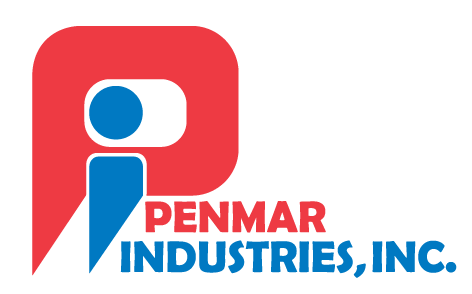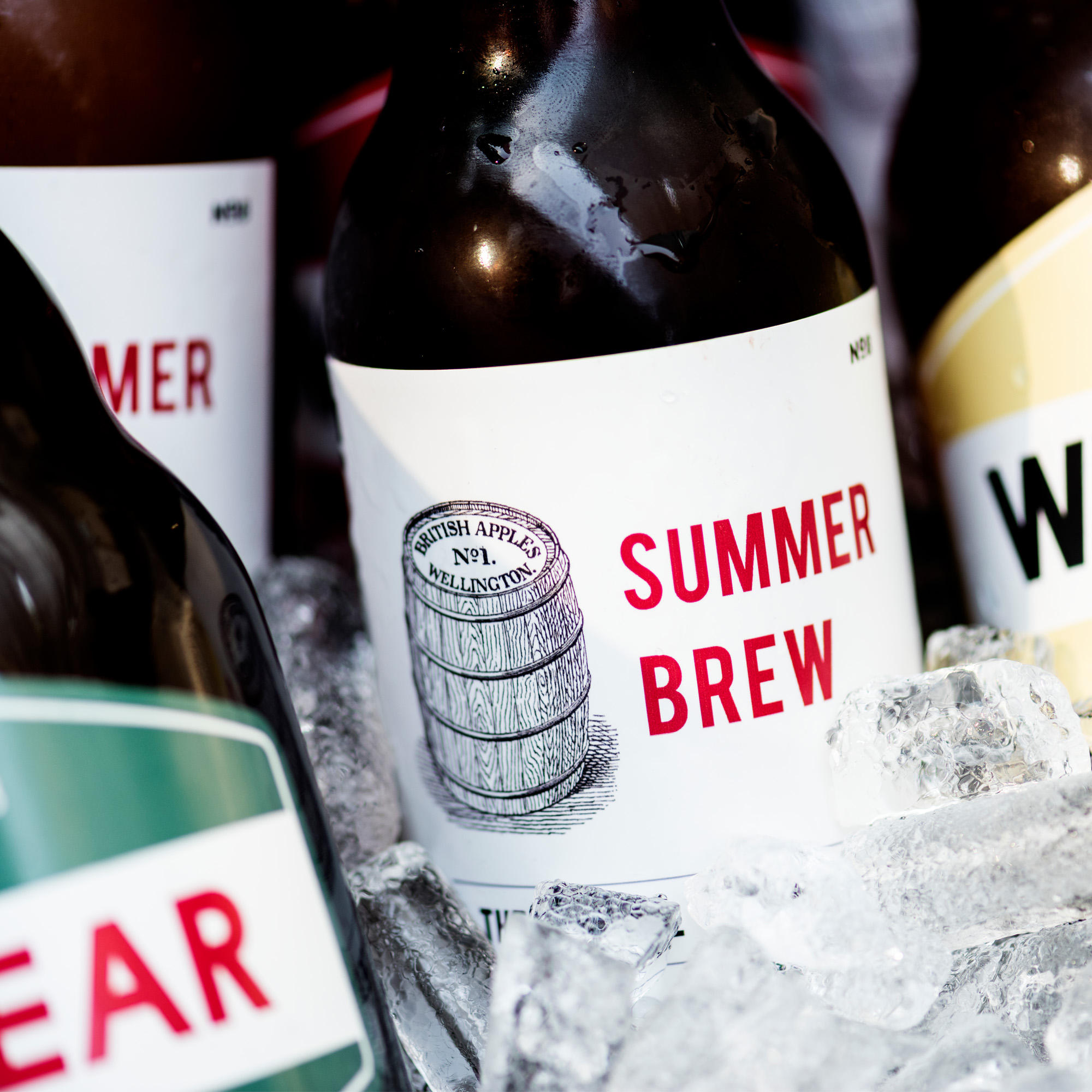We touch on the importance of the design phase in various other publications and blog posts, but we’ll try to focus in more detail here.
First, it’s critical to understand that label design is a very important part of marketing your product successfully. A well-designed product label does a number of things:
- It informs the prospective customer about what your product is and what it does. Tell them what your product does to justify the marketing jargon – otherwise they’re left wondering and will turn to a competitive product on the shelf that explains itself better. That product may actually be inferior to yours, but information wins the day.
- It shows the prospective customer what your product looks like, preferably in a flattering way. Not all products will lend themselves to a visual representation, particularly if the contents are simply a small ingredient of a larger product, but an image is always worth considering if it makes sense. Again, the intent is to make your product’s use obvious and not expect the prospect to interpret its intended use by reading a lot of text.
- It attracts attention away from competitive products. An eye-catching product label will always fare better on a crowded shelf than a drab uninteresting one. One thing to keep in mind is that a professionally-designed label will usually just look better than something amateurish – after all, poor design is a visual distraction and only encourages viewers to focus on the wrong things.
Last but not least, a product label design frequently needs to have various regulatory information included to meet legal requirements. Nutrition panels, safety warnings, and even usage instructions are often a necessary part of the label design.
It’s important to understand that there are well-proven approaches to product label design that just work – it’s not rocket-science but it is a special skill that comes with experience. It’s not enough to be a graphic artist or website designer without also having the knowledge specific to product design, and labels in particular.
So, when engaging a designer, always look for one who has extensive previous experience with product labels (and a portfolio to prove it)!
If you’re serious about your product, you need to be serious about the labels – and that means finding a competent designer with the unique skills that product labels involve. It also helps enormously if the designer is in your own time-space and is contactable by something other than email – a phone conversation is worth a hundred emails in our experience.
That said, high-quality local label designers do not come cheaply – it’s not unusual to see such professionals charging up to $100 an hour or more – but you can usually be confident that those rates are based on experience and competence, and it’s also important to understand that an hourly rate is no indication of value. A good designer might take 2-3 hours to produce a finished label design, whereas a less experienced designer might take many times as long (and bring a lot of heartache into the process as well

